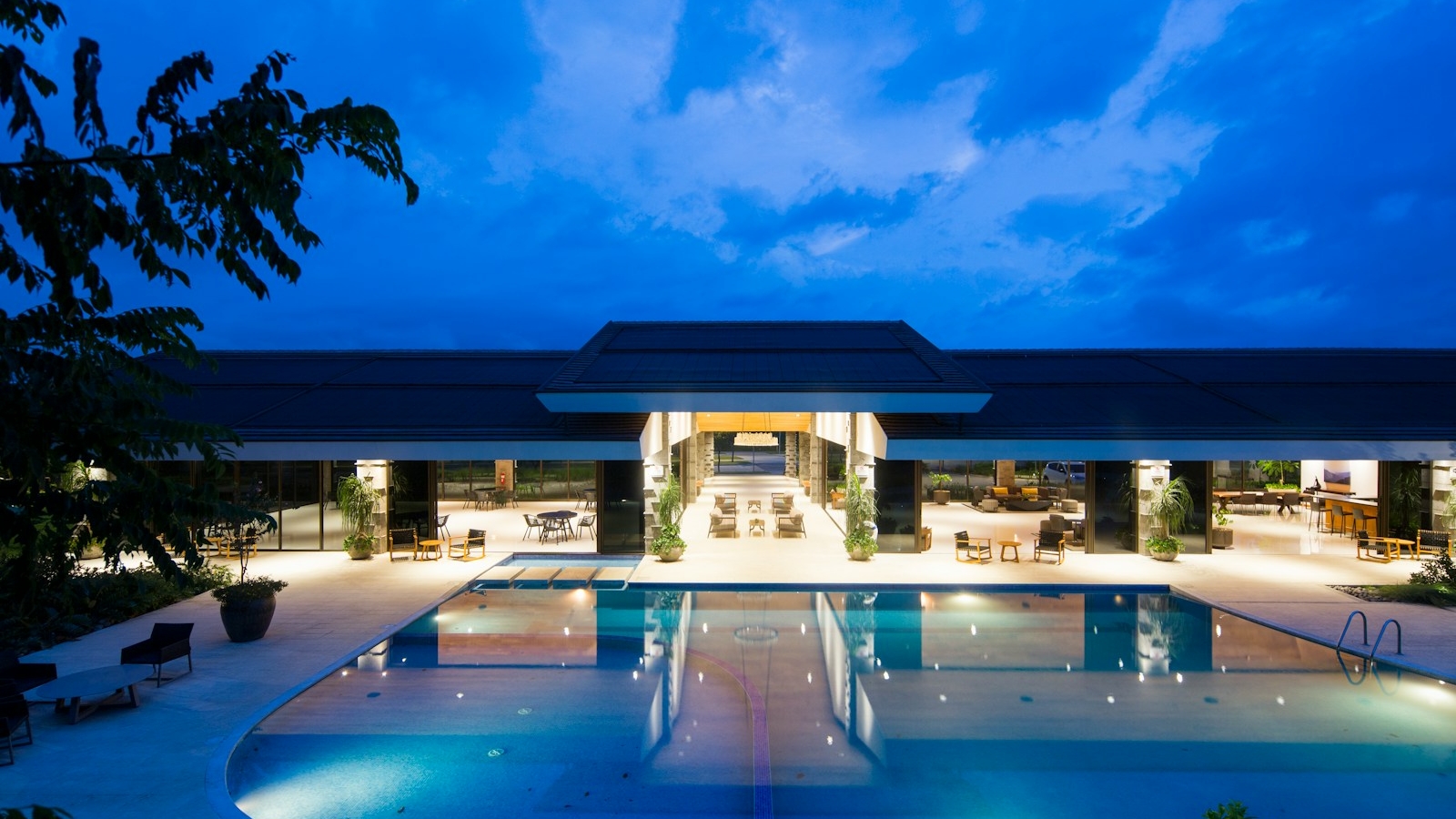In the competitive world of hospitality, maximizing revenue while maintaining high occupancy rates is a constant challenge for hoteliers. One of the most effective strategies for achieving this goal is demand forecasting. By predicting future demand for rooms, hotels can optimize their pricing, inventory management, and marketing strategies to boost profitability.
Why Demand Forecasting is Crucial for Hotel Revenue Optimization
Demand forecasting plays a crucial role in optimizing hotel revenue by ensuring that hotels price their rooms correctly, manage their inventory effectively, and tailor marketing efforts to attract the right guests at the right time. Here’s how demand forecasting impacts hotel revenue optimization:
1. Improved Pricing Strategies
One of the most direct ways demand forecasting helps hotels optimize revenue is through dynamic pricing. By accurately predicting demand, hotels can adjust room rates in real time based on expected occupancy.
- High Demand = Higher Prices: When demand is expected to increase—such as during peak seasons, holidays, or a major local event (e.g., Diwali in India or New Year’s in Europe)—hotels can increase their prices to capitalize on the influx of travelers.
- Low Demand = Lower Prices: When demand is forecasted to be low, such as during off-seasons or weekdays, hotels can lower rates to attract price-sensitive guests and increase occupancy.
For example, a small boutique hotel in Goa could forecast a surge in bookings during Holi or Christmas, allowing them to increase their rates during this high-demand period. Conversely, a Paris hotel might reduce prices during the off-peak winter months when fewer international tourists are visiting.
2. Optimized Inventory Management
Effective demand forecasting allows hotels to optimize their room inventory. By predicting how many rooms are likely to be booked on a given night, hoteliers can manage room availability and allocate rooms to different distribution channels (OTAs, direct bookings, etc.) more efficiently.
- Room Overbooking: When demand is expected to exceed supply, hotels can overbook rooms strategically to ensure they don’t leave revenue on the table due to cancellations or no-shows. This is a common practice among major hotel chains and can also be used by smaller hotels when done carefully.
- Room Allocation: On nights with expected high demand, hotels can allocate higher-quality rooms (e.g., suites, sea-facing rooms) to higher-paying guests or direct bookers, while offering more basic rooms to other guests.
By managing inventory in this way, hotels can maximize occupancy and increase revenue without over-committing resources.
3. Tailored Marketing Efforts
Demand forecasting helps hoteliers plan and implement targeted marketing campaigns. By knowing when demand is likely to rise, hotels can proactively market their rooms to potential guests.
- Special Offers: During low-demand periods, hotels can use demand forecasting to offer promotions, discounts, or packages to attract travelers, such as “Book 3 nights, get the 4th free” or early bird discounts.
- Targeted Ads: Hoteliers can allocate advertising budgets more effectively by investing more in marketing efforts during high-demand periods, such as through social media ads, Google Ads, or partnerships with local events.
- Loyalty Programs: For frequent guests, personalized offers can be sent in advance of peak demand periods, ensuring they are aware of special pricing or exclusive offers.


How Demand Forecasting Benefits Indian and Global Hotels
1. Maximizing Revenue for Indian Hotels
India, with its rich cultural heritage and diverse tourist destinations, sees a high fluctuation in demand. Festivals, local holidays, and the monsoon season all contribute to changes in hotel occupancy. Demand forecasting helps Indian hotels leverage these fluctuations by adjusting pricing strategies according to local trends.
- Festivals and National Holidays: During major Indian festivals like Diwali, Holi, or Durga Puja, demand for accommodations in popular tourist destinations such as Jaipur, Goa, or Kerala surges. By forecasting this demand, hotels can increase their rates and maximize revenue.
- Seasonal Trends: India experiences significant seasonal variations in tourism, from peak season (November to March) to off-season (April to September). With accurate demand forecasting, Indian hoteliers can adapt their pricing strategy for both domestic and international tourists.
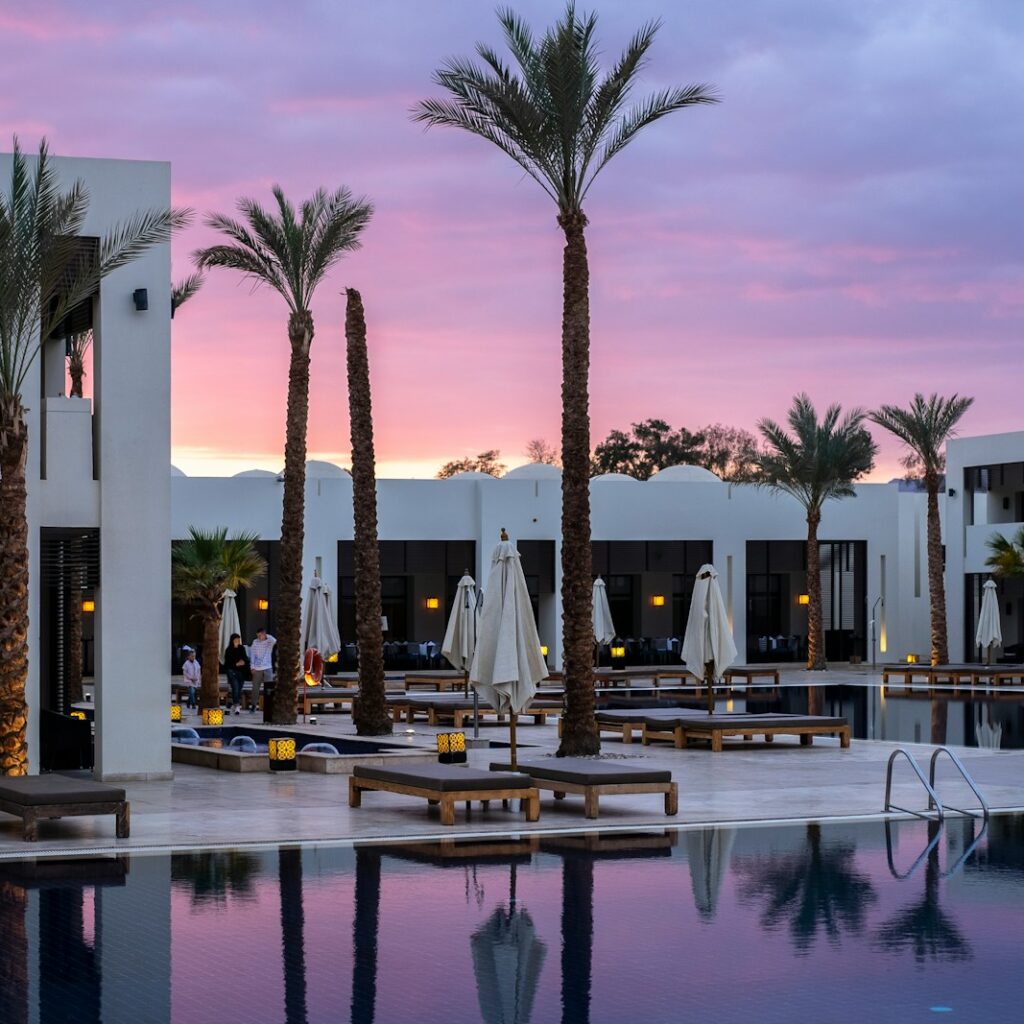
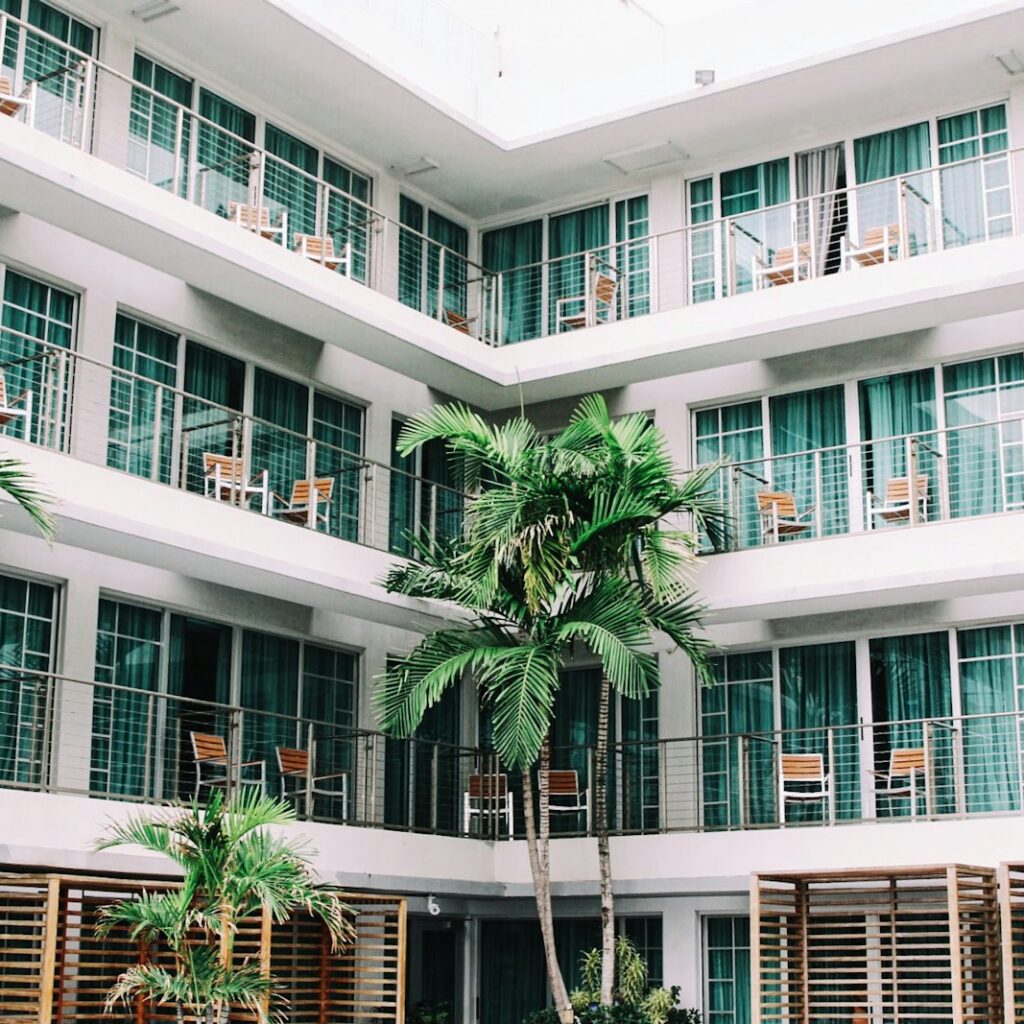
2. Revenue Optimization for Global Hotels
For international travelers, especially in highly competitive destinations like Paris, London, New York, or Sydney, accurate demand forecasting is crucial. These destinations often have fluctuating demand based on global events, weather, and holidays, making it essential for hotels to anticipate demand shifts.
- Global Events: Events like the Olympics, World Cup, or even local conferences and festivals (e.g., Fashion Week in Paris or Art Basel in Miami) create predictable spikes in demand. With effective demand forecasting, hotels can adjust their rates ahead of time to capture premium pricing.
- Weather & Travel Trends: For destinations with seasonal trends—such as ski resorts or beach destinations—demand forecasting helps hotels anticipate when international tourists will arrive and adjust prices accordingly. For instance, a ski hotel in Aspen can raise rates during the peak ski season or when global travelers are booking trips in advance.
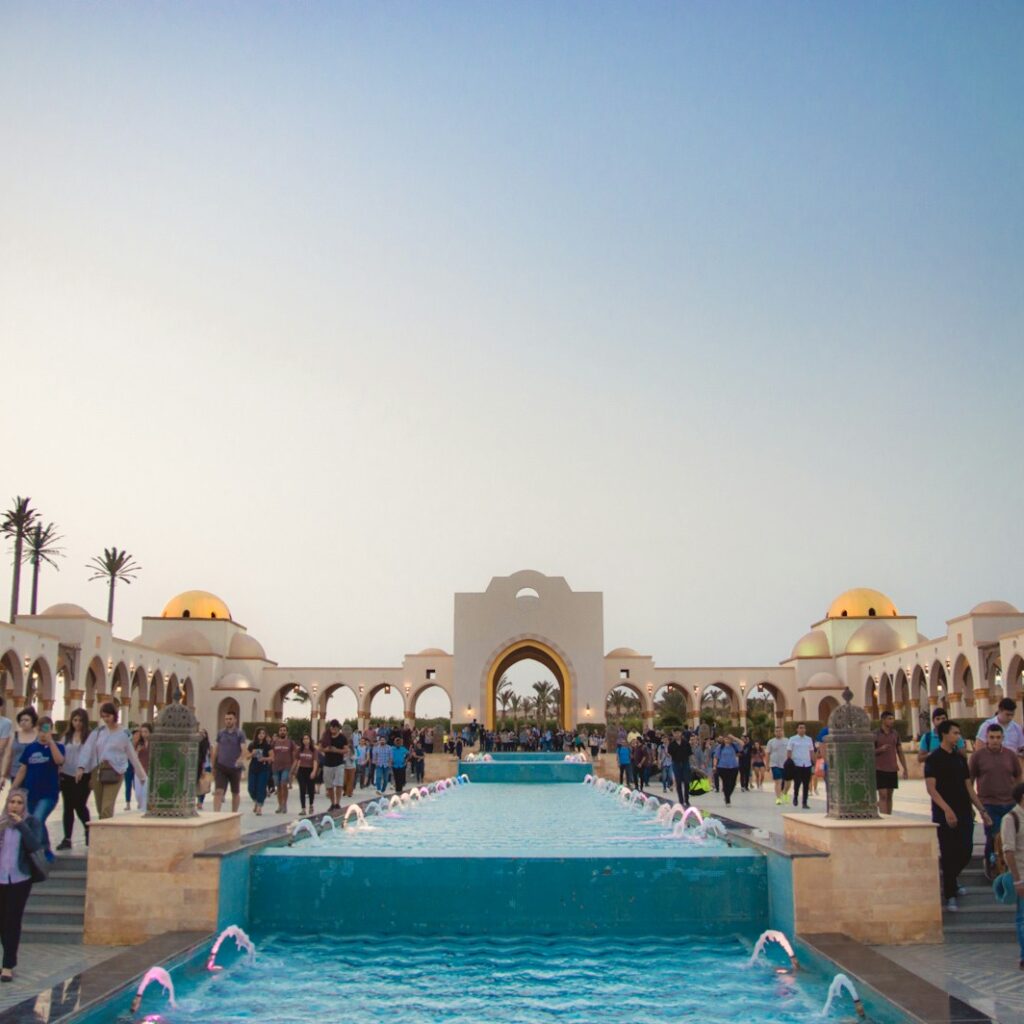
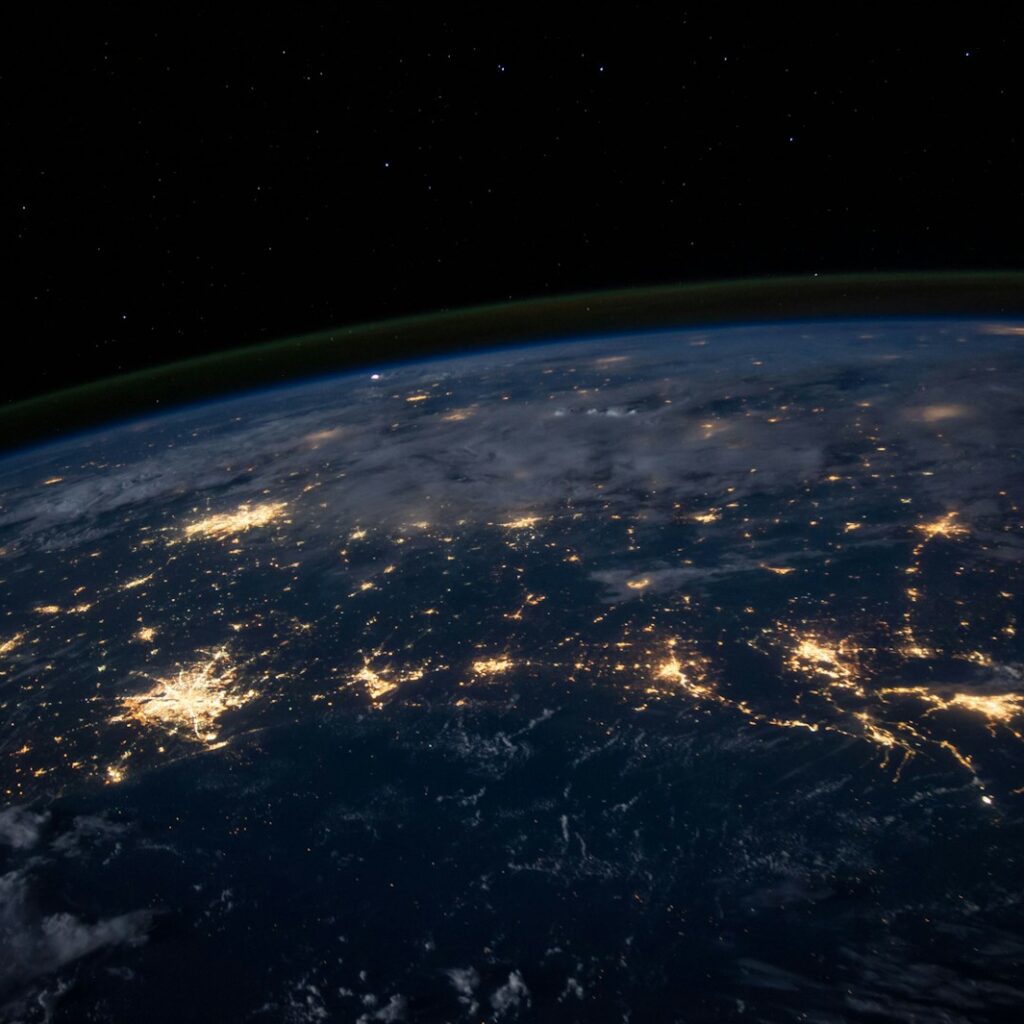
3. Reducing Dependency on OTAs
For small hotels, one of the challenges is over-relying on online travel agencies (OTAs) for bookings, which come with significant commission fees. Accurate demand forecasting allows small hotels to shift more bookings to their direct channels, especially during peak seasons, where they can increase prices and encourage guests to book directly to avoid third-party commissions.
By forecasting demand accurately, hotels can tailor their strategies to maximize direct bookings, reducing commission costs and improving profitability.
Key Techniques for Implementing Demand Forecasting
To effectively implement demand forecasting, hotels need to gather and analyze relevant data, then use it to inform their decisions. Here are some key techniques:
1. Leverage Historical Data
The most reliable way to forecast demand is by analyzing historical booking data. Hotels should look at trends from the previous year(s) to identify patterns in occupancy rates, booking lead time, and seasonality. For example, if bookings tend to increase in October due to local festivals or school holidays, forecasting models can predict similar patterns for the upcoming year.
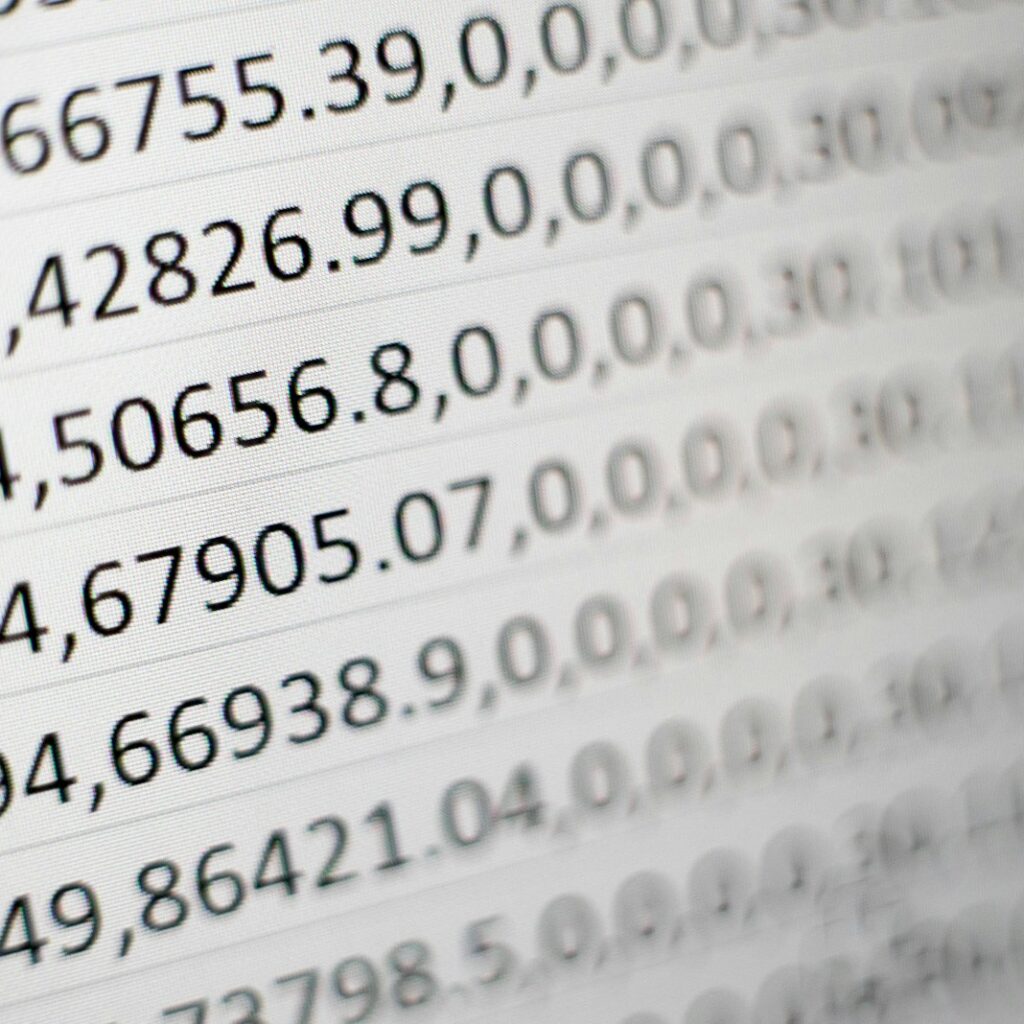

2. Utilize Data Analytics and Technology
Today, advanced data analytics tools and Revenue Management Systems (RMS) can provide real-time insights and automate forecasting. Tools like RoomRaccoon, IDeaS, and Revinate integrate historical data, booking trends, competitor pricing, and market conditions to generate accurate demand forecasts.

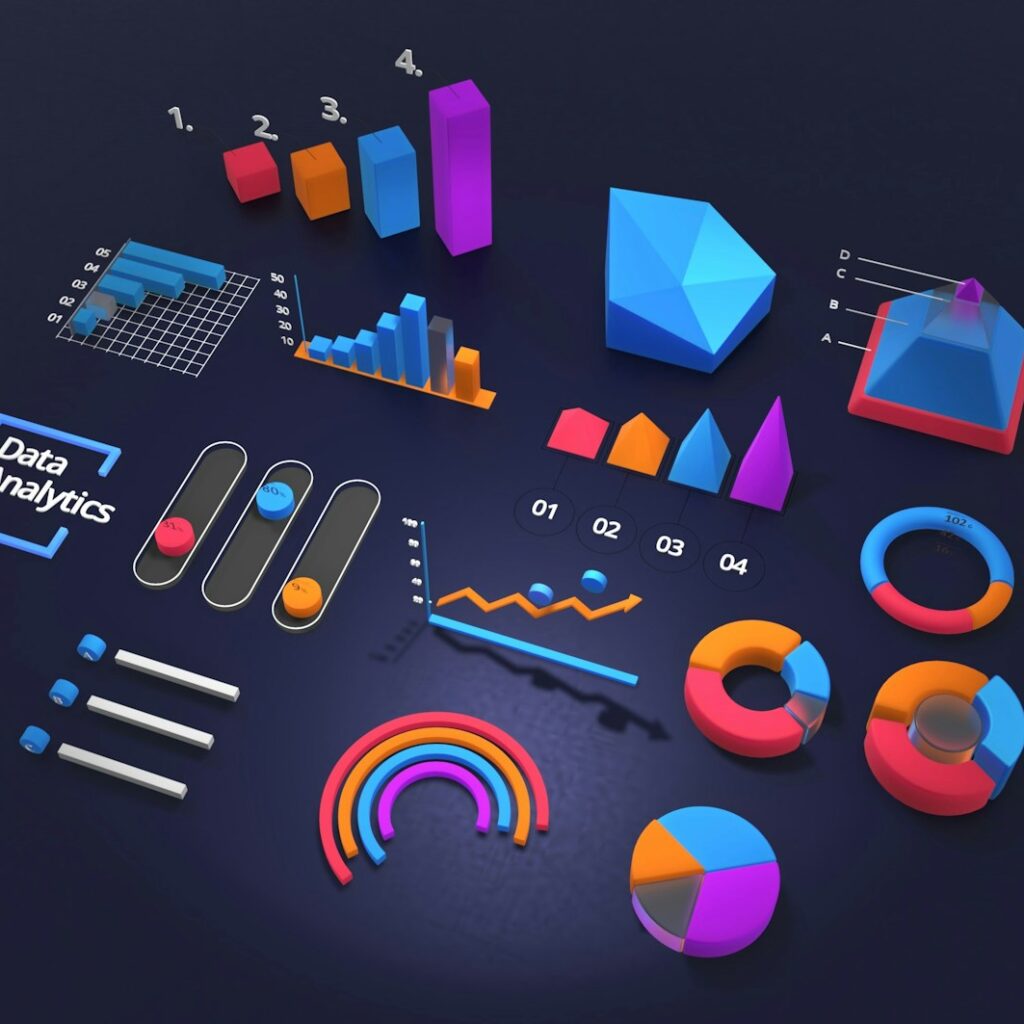
3. Monitor Market and Competitor Trends
Demand forecasting is not just about looking at internal data—it’s about understanding the broader market. Monitor competitor pricing, booking trends, and external factors like weather, local events, or even political situations that could impact travel patterns. Using competitor benchmarking tools can provide valuable insights into how your competitors are adjusting rates and how that might influence demand.

4. Stay Agile with Real-Time Adjustments
Demand forecasting isn’t a one-time task; it’s an ongoing process. While predictions are based on historical data, hoteliers must remain flexible and adjust their pricing and inventory strategies in response to real-time changes in demand. For example, if there is a sudden surge in bookings due to a last-minute event, hotels should be ready to increase prices or implement last-minute deals accordingly.

